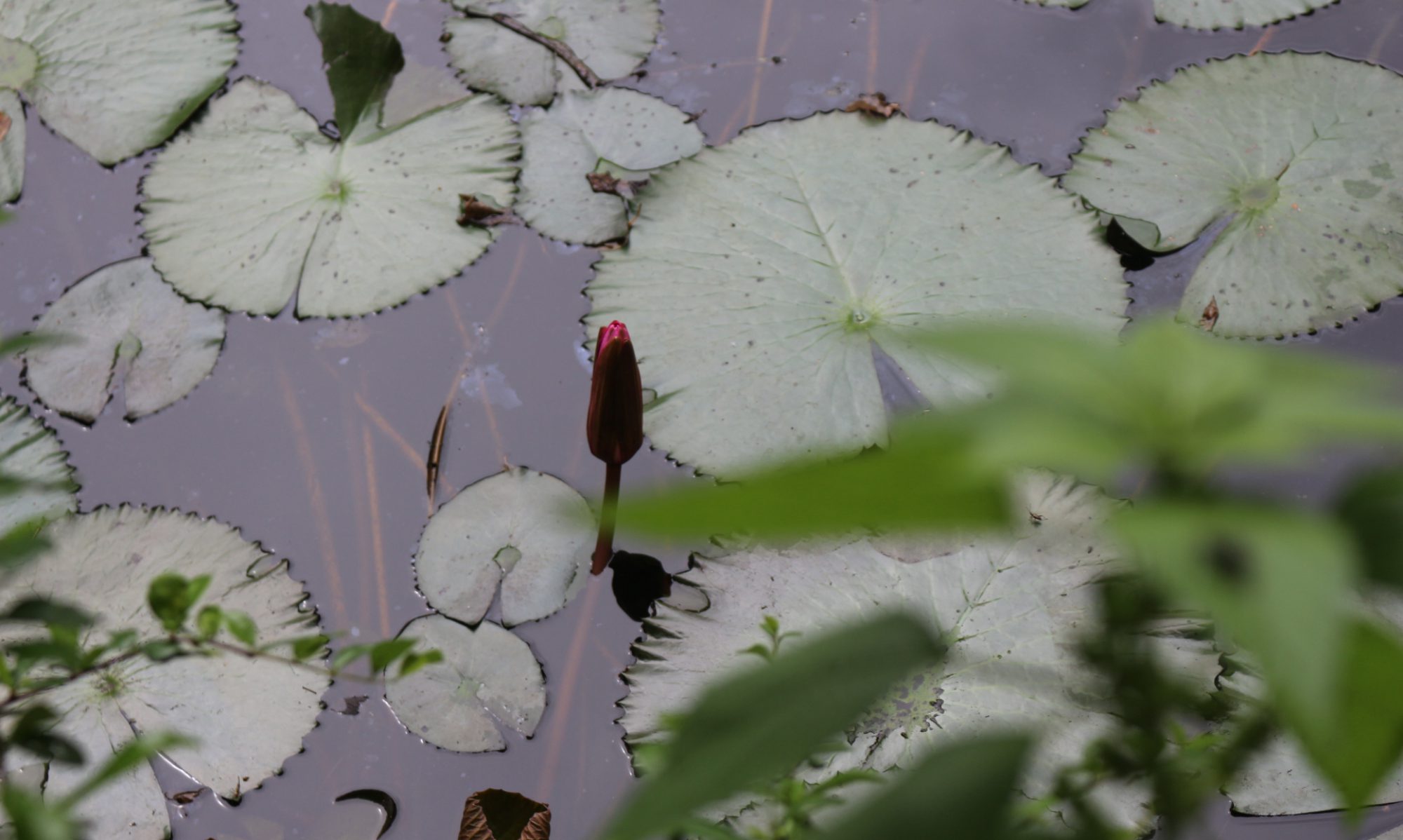Name of Course: Liger TV Station
Learning Facilitator: Sophorn
Number of Students: 12
Dates: May 15-June 17
Course Description: In our Exploration class we have learned about plastics and also we learned how to become TV reporters. We also had a lot of trips because we wanted to know more information about plastics. For example we went to BKKM (Boeung Keng Kong Market), City mall, Cintri and the Ministry of Environment. The reasons why we went on the trips were because we wanted to know how the people use the plastics each day. We wanted to compare which market uses a lot of plastics. When we went on the trip we also interviewed the sellers and the buyers about the plastics. The questions that we asked them were important for us and they also told us a lot of information that they knew. When we went to the Cintri we can know how they work. Cintri has one important idea like how to help the environment. They told us that if we wanted the people to follow us like they use less plastics it needs to start from you. Then when they see us do that they will do too. In class we also learned about plastics and we made the TV channel about plastic so other people can know how bad the plastics are and the problems to the environment and animals, when there are plastics a lot. So our group did the presentation to the people in the community that is near our school. Some people they nearly cry because they know about it and never hear the children can know a lot of information about plastics. When we were in class we divided it in the groups, some people wrote the reflection when we came back from the trip and put it in the blog and some people edited the video. Some time when we went to trip like go to BKKM we went with other groups that learn about plastics, so can share our ideas and some people they can get new ideas.
